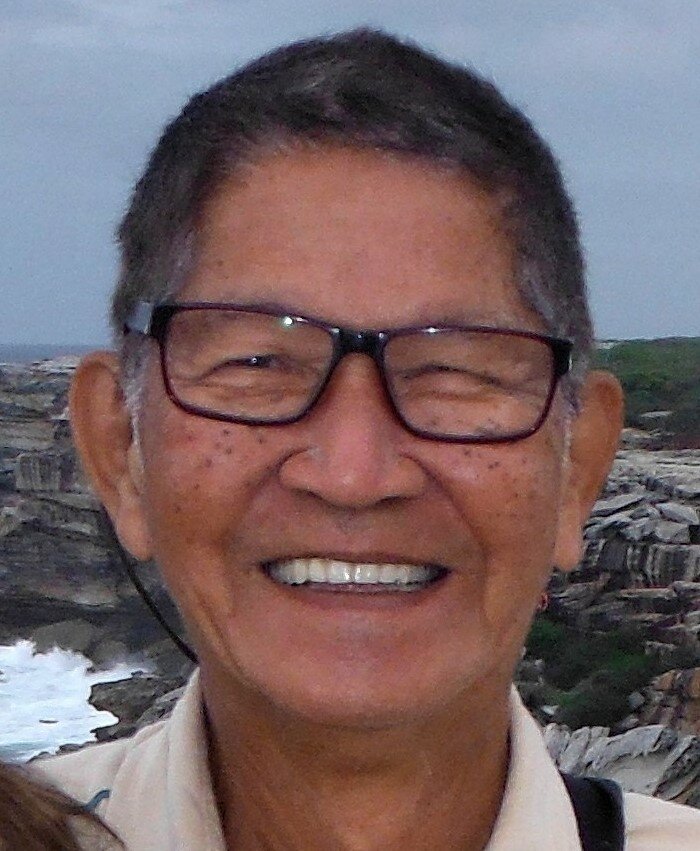Filipinos of dual identities

Sydney,Australia
November 11, 2015

The creation of dual identities for Filipinos residing overseas arose when succeeding generation of Filipinos, mainly overseas born Filipinos navigating two worlds or cultures, adopted dual identities for themselves, and proven to have settle comfortably in their chosen countries not only in the US, but also in Europe like Italy, the Netherlands, Germany, England, even the cooler destinations such as the Scandinavian countries.
Presently, it seems few overseas Filipinos could claim singular allegiance to thePhilippinesas their country of origin. Dual identities became an accepted norm and reality of the modernPhilippines, and its former citizens.
InAustralia, the number of Filipino migrants almost reached the 300,000 figures based on the latest data from the Australian Bureau of Statistics. And to think that it was only in the 2006 census that recorded that there were over 160,374 Filipino-Australians Down Under, making them the fifth-largest subgroup of overseas Filipinos. Most of them are found inSydneyin the state ofNew South Walesand comprise 5.9% of the population of the City ofBlacktownand regarded the largest directly born ethnic group in the said city. I am fortunate to be among them. Like many other Filipino-Australians who decided to settle down in Down Under, I am satisfied with the lifestyle I have adopted inAustralia.

My connections withAustraliabegan when I was sent toAustraliain the late 1970s by the National Historical Commission of thePhilippines, under the auspices of a bilateral agreement betweenAustraliaand thePhilippinesor popularly known as Colombo Plan.
InAustralia, I undertook nine months apprenticeship in the field of cultural conservation and restoration. That brief schedule was extended to three years. It allowed me to pursue an additional two postgraduate diplomas in the field of museum and archives administration before returning to thePhilippinesto fulfil my obligation with the Philippine government.

As the years went by, I realised that changes were taking place in my life, particularly with my perception about what I wanted to be in life. I became attached toAustralia, my temporary country, and yet longed to live in thePhilippinesto implement what I had studied and learned inAustralia.
It was, however, destiny that prepared me to become a Filipino-Australian and eventually to have a dual identity. Ever since I became a Filipino-Australian I have been travelling between two different worlds.
A new Filipino-Australian identity has appeared. ThesePinoyscallAustraliatheir home, and regard the Phippines, their country of birth, now only as a country they visit for nostalgic reasons, kindred connections or historic sentiment.

The vibrant connections betweenAustraliaand thePhilippinescontinue to develop, so with their respective people. This is illustrated by the narrative of events and experiences of the people of the two countries which I discussed in my latest book,Connecting Two Cultures: Australia and the Philippines.
I take the view of a Filipino-Australian who is enjoying the benefits of a dual identity, and navigating between two cultures, and who continues to contribute to the existing harmonious understanding between the two countriesAustralia and the Philippines.
Violi Calvert
Sydney
Tue 24th November 2015
Congrats Renato Perdon for an interesting read. Great work highlighting some of the achievers with Filipino heritage.
I am glad to have a copy of your recent book Connecting Two Cultures Australian and Philippines . It provides good information about the fusion of the two cultures.
Sydney
Tue 24th November 2015
Congrats Renato Perdon for an interesting read. Great work highlighting some of the achievers with Filipino heritage.
I am glad to have a copy of your recent book Connecting Two Cultures Australian and Philippines . It provides good information about the fusion of the two cultures.
